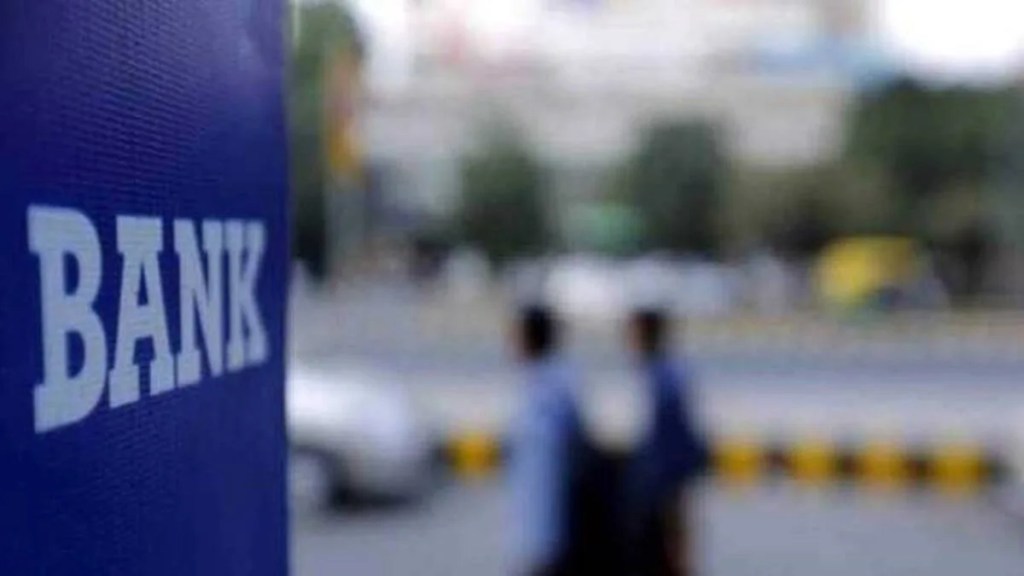‘Evolve your technological capabilities or perish’. This was the crux of banking veteran KV Kamath’s speech at the Global Fintech Festival last week for lenders who did not update their technological prowess and subsequently risked losing market share to agile fintechs.
Kamath’s comment hold substance as a recent report by venture capital firm Elevation Capital and McKinsey & Company said a whopping 70% of overall digital payment transactions currently are being captured by fintechs and 50% of active broking accounts on NSE are held by fintechs.
On their part, fintechs have captured material share in categories such as payment gateways, small ticket personal loans or Buy Now, Pay Later (BNPL) market and are also rapidly growing their market share in other areas such as card issuing business and wealth & insurance distribution segment, the report said.
Accordingly, banks—at least the mid and large sized ones—have become acutely aware of the challenges that fintechs pose to their market share in the payments and lending space, and thus have pro-actively shored up their fintech partnerships.
For example, the country’s largest bank, State Bank of India’s MD C S Setty told Fe recently that it can tie-up with 75-100 fintech with the launch of Yono 2.0. ” In Yono 2.0, our assessment is we have potential to engage with more fintechs, at least 75 to 100 different fintechs can be brought on board which will be largest fintech engagement program in the country. Currently, we have around 12 to 15 very active partnerships and there could be more,” said Setty.
This collaborative approach is being followed by others also. “The evolution of bank and fintech partnership is such that it has become a matter of collaboration rather than competition. The regulated entity has a set of roles and responsibilities which is very clear from the regulator’s perspective and internally formed policies,” says Shalini Warrier, ED at Federal Bank.
Federal Bank has co-branded credit partnership with One Card under which it is targeting digitally savvy new to bank customers. The partnership has led to the banks’ credit card issuances rising nearly 5 times during quarter ended June and nearly 12 times rise in terms of customer spends. The lender has separately formed partnership with Jupiter and Fi for deposit mobilisation and with Paisa Bazaar and Fi for personal loans.
In today’s bank-fintech partnerships, Warrier says the former are in-charge of establishing the regulatory framework, KYC standards, transaction monitoring and capital requirement of the digital lending entity whereas the latter offer greater agility, understanding of customer behavior and are able to design UI and UX experiences much better than banks.
Virat Diwanji, Kotak Mahindra Bank Group President shared similar views saying banks and fintech relationship has improved significantly over a period of time and wherever there is a value addition that fintechs can provide, banks would be more than willing to partner. Such partnerships work best in the areas of improving customer experience, last-mile reach, fraud control and customer service. The question on customer ownership under bank-fintech tie-up still continues to simmer as there are no easy answers.
Fintechs weigh in
According to Ram Iyer, Founder & CEO of fintech firm Vayana, before the Reserve Bank of India (RBI) came out with digital lending guidelines and formally acknowledged the first-loss default guarantee (FLDG) model, bank and fintech would partner only in the areas of payments, open banking and wealth management. If credit activities were undertaken, it was done on a mutually agreed risk sharing basis till the RBI came out with the guidelines.
With more regulatory clarity now, fintechs have been able to come up with specific products targeted at the underserved segments of the population, thereby promoting financial inclusion. Fintechs typically rely on alternative data sources such as mobile phone usage or social media activity to assess the creditworthiness of users with little or no formal credit history and offer credit to users who may have been excluded from traditional credit markets.
Iyer cited findings from TransUnion CIBIL’s newly released global study, saying close to 35 million new consumers opened their first credit product and became new to credit in India in 2021, and another 31 million became NTC through the first nine months of 2022, showing the scope of financial inclusion enabled by fintechs.
Banks and fintechs can further collaborate, for example, on developing newer credit models based on traditional and non-traditional data. Banks typically rely on CIBIL or credit bureau data to assess customers’ creditworthiness. Together, entities can work towards reducing the friction points in a customer journey, especially for current account holders like MSMEs and help them improve their CIBIL scores.
Anil Pinapla, founder & CEO of Flexpay by Vivifi Finance says that while regulatory clarity has given a pick-up to fintech-bank partnerships, presently a lot of partnerships are still happening between two regulated entities—fintechs those who have an NBFC license and banks. Fintechs are working on structures that are more scalable and sustainable, the CEO says, adding that the regulator is also encouraging such partnerships.
“But, it is very sensitive to make sure that there is no additional systemic risk coming in due to off balance sheet arrangements. While regulatory clarity has been good, it is just making everybody rework the arrangements…,” he said, adding that such partnerships are expected to grow in future.
Some of the areas where banks and fintech partnerships are expected to grow more are on the lending, deposit, collections, payment rails, investment rails, mutual fund and wealth management segments, says Paynearby Founder Anand Bajaj.
Key points
1- SBI has 10-12 active fintech partnerships, scouting for 75 more fintech partner for Yono 2.0 launch
2-HDFC Bank partnering with fintechs to integrate with corporate ERP, offer embedded banking in corporate ecosystems journey
3- ICICI Bank issued 4.2 million plus credit card in partnership with Amazon Pay during Q1FY24

